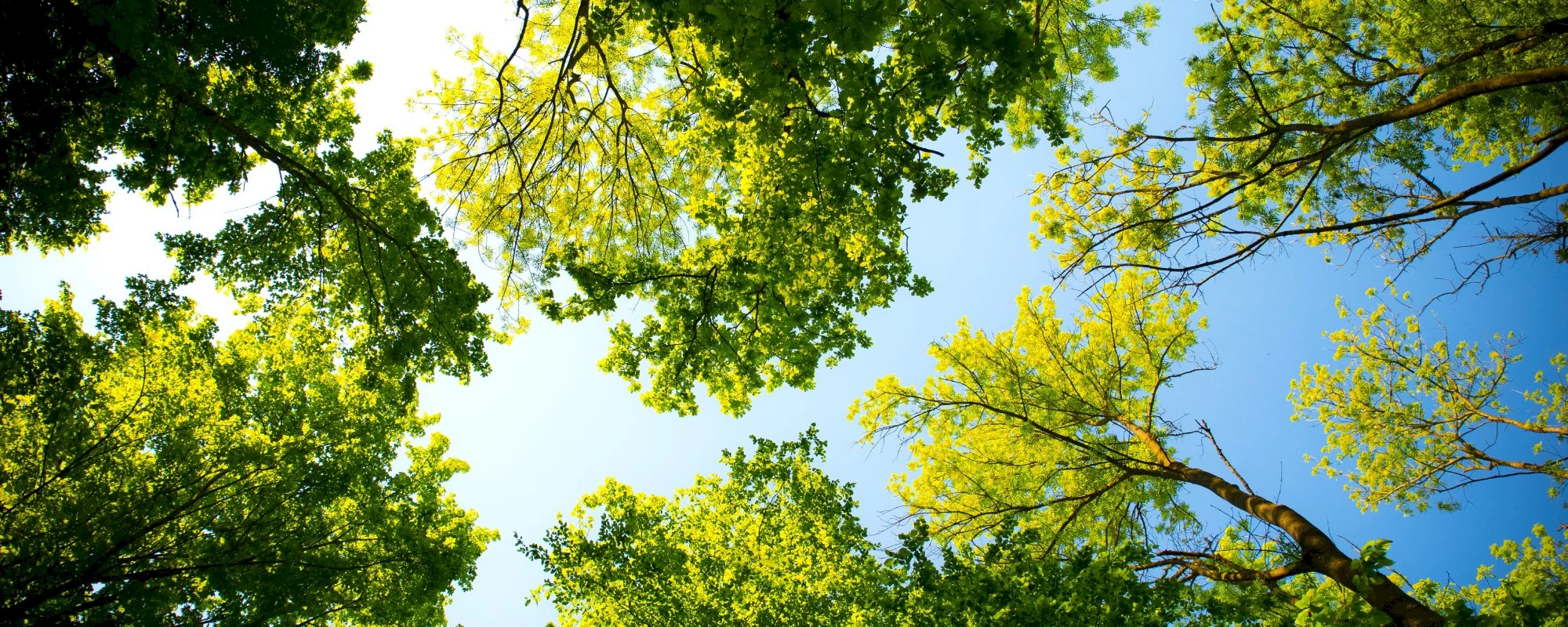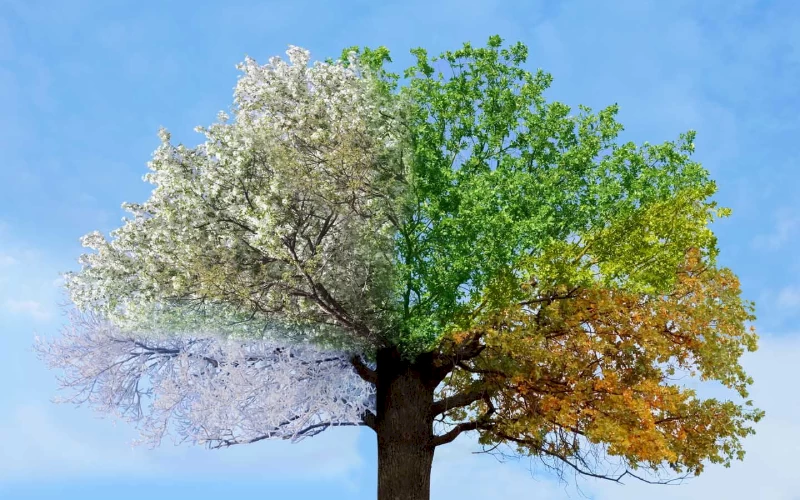Seasonal Tree Requirements
Tree Care Requirements in Different Seasons: An Arborist's Guide
Trees are a valuable asset to any property, providing shade, beauty, and environmental benefits. But to keep trees healthy and thriving, it's important to understand their care requirements, which vary depending on the season. In this blog post, we'll discuss the tree care requirements in different seasons as recommended by arborists.
Spring
Spring is the ideal time for tree maintenance as trees begin to come out of dormancy. Arborists recommend the following tree care requirements in spring:
Inspect Trees: Inspect your trees for damage or signs of disease, and take care of any issues before they get worse.
Prune Trees: Prune trees before new growth appears, removing any dead or damaged branches, crossing branches, or branches that interfere with structures or utilities.
Fertilize Trees: Apply fertilizer to trees to encourage healthy growth. Be careful not to over-fertilize, as this can damage roots and attract pests.
Summer
Summer is a time of rapid growth for trees, and arborists recommend the following tree care requirements in summer:
Water Trees: Trees need water during hot, dry weather. Water deeply and infrequently to encourage deep root growth.
Inspect Trees: Inspect your trees for signs of drought stress, pests, or disease. Treat any issues promptly to prevent them from spreading.
Prune Trees: Remove any dead or damaged branches, as well as any crossing or rubbing branches that can cause damage or interfere with growth.
Fall
Fall is a time of preparation for trees, as they begin to prepare for dormancy. Arborists recommend the following tree care requirements in fall:
Inspect Trees: Inspect your trees for damage, pests, or disease. Take care of any issues before winter arrives.
Prune Trees: Prune trees to remove any dead or damaged branches, as well as any branches that may be a hazard during winter storms.
Mulch Trees: Apply a layer of mulch around the base of trees to help retain moisture and protect roots from cold temperatures.
Winter
Winter is a time of dormancy for trees, and arborists recommend the following tree care requirements in winter:
Inspect Trees: Inspect your trees for damage caused by winter storms or pests. Take care of any issues promptly to prevent them from getting worse.
Prune Trees: Prune trees during winter dormancy to remove any dead or damaged branches, as well as any branches that may be a hazard during winter storms.
Protect Trees: Protect trees from winter weather by wrapping them in burlap or other protective material to prevent damage from ice, snow, or wind.
Conclusion
Tree care requirements vary depending on the season, and it's important to take a proactive approach to tree care to ensure the health and longevity of your trees. By following the tree care requirements recommended by arborists in each season, you can help your trees thrive and provide the many benefits they offer. Remember to inspect your trees regularly, prune them appropriately, fertilize and water them as necessary, and protect them from the elements to keep them healthy and beautiful year-round. Get in touch with us and we would be happy to look at your tree trimming & pruning needs. Request a quote today.





